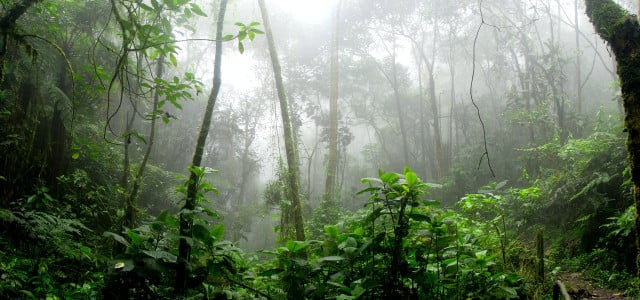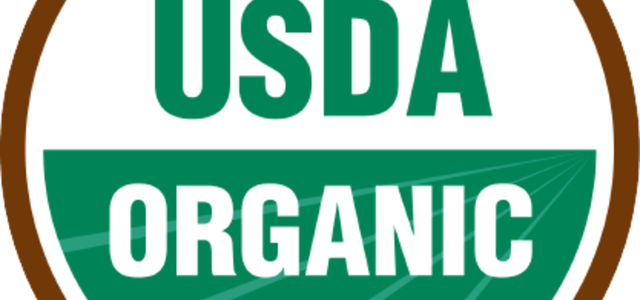Solutions to deforestation are crucial to slowing the effects of climate change and sustaining biodiversity and resources. Here are the causes of deforestation and how to stop it.
The effects of deforestation can be seen in many areas of life on earth. It contributes to climate change and water insecurity and impacts wildlife, biodiversity and the welfare of Indigenous communities. The importance of slowing deforestation — or stopping the causes of deforestation altogether — cannot be overstated.
It can feel overwhelming to think about the effects of climate change and how deforestation contributes to it. However, it’s important to be proactive about what you can do personally to prevent additional environmental damage. Individual choice leads to collective change. You have the power to make a meaningful difference — which can help with that omnipresent eco-anxiety.
Read on to learn some solutions to deforestation, the causes of deforestation and how you can fight it in your daily life.
1. Reduce Consumption (A Major Cause of Deforestation)
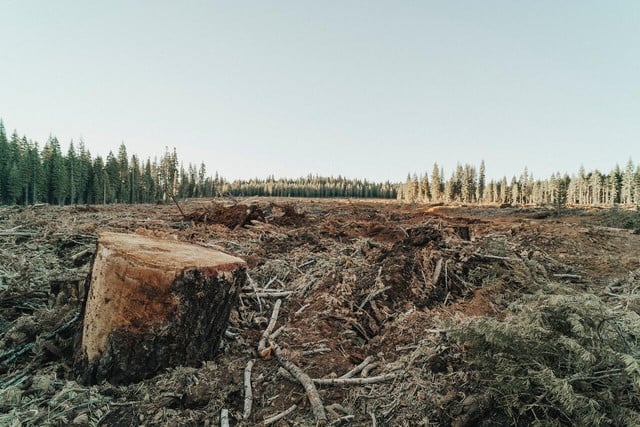
(Foto: CC0 Public Domain / Unsplash - roya ann miller)
Overconsumption is one of the biggest causes of deforestation. At our current rate, humans are depleting resources 1.7 times faster than the Earth can regenerate. If the planet’s entire population had the same consumption habits as Americans, we would need the resources of five earths.
Furthermore, according to the UN Food and Agriculture Organization, roughly one-third of all food produced annually is wasted or lost. How can we manage this disconnect in overproduction and start using resources more responsibly?
Transitioning to more sustainable practices can decrease our strain on the planet and thus reduce deforestation. The first step to fixing overconsumption is to decrease our incredible, entirely unnecessary rate of food production.
You can approach this solution to deforestation in small ways every day, like:
- Going to the grocery store with a list and buying only what you need
- Organizing your week with meal prep
- Eating your leftovers
- Learning how to use fruits and vegetables that are going bad
- Storing food wisely
- Reusing vegetable scraps
- Support local food producers
- Donating food that might otherwise go to waste
2. Reduce, Reuse and Recycle to Lower the Demand for Logging
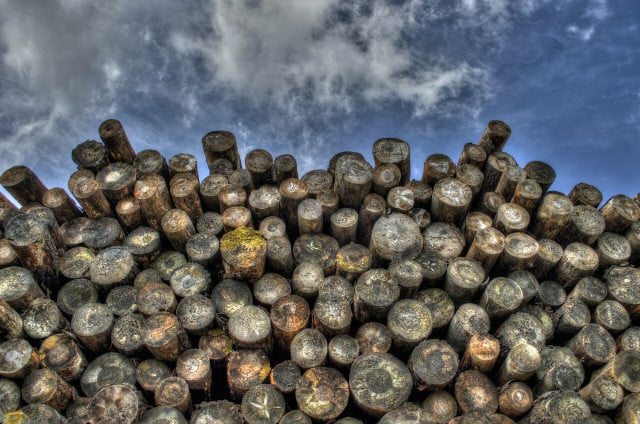


(Foto: CC0 / Pixabay / Skitterphoto)
We’ve all heard this one many times, and it’s another key solution to deforestation. Reduce, reuse and recycle whatever you can — especially paper products. After reducing your consumption as much as possible, reuse products until they are depleted or used up. Then, recycle them correctly according to your local guidelines. These everyday habits can make a difference.
Here are some more easy tips to you get started:
- When you need to print, print your paper double-sided
- Look for secondhand options before buying brand-new pencils and notebooks
- Take paperless notes
- Recycle responsibly based on your local guidelines
- Seek out products made from recycled material whenever possible
Using recycled products reduces landfill waste and lowers the demand for wood products. Demand for wood and paper products is a driving cause of deforestation.
When buying something new, check for a label that says “made from recycled paper.” You can find these labels on everyday products like books, bags, egg cartons and toilet paper. Buying recycled products means fewer trees and timber need to be destroyed. It also reduces the amount of waste entering our bloated landfills.
Also interesting: 9 Paper-Saving Tips You Can Easily Implement
3. Source Secondhand Furniture Instead of Buying New
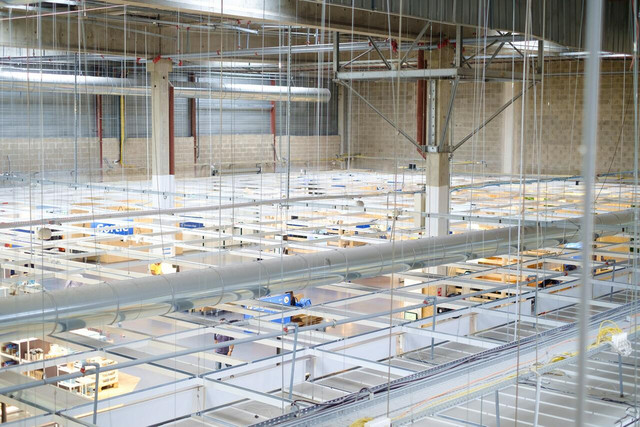


(Foto: CC0 Public Domain / Unsplash - David Sjunnesson)
Another tactic to stop deforestation is to seek out secondhand and vintage furniture. When you need new furniture, find vintage and secondhand options instead of going to stores like IKEA and Walmart for their cheap, mass-produced items. You can often find sturdier, higher-quality pieces at affordable prices when thrifting. Finding the right piece and getting it home can require more time and effort, but it’ll likely be more fun and a lot more rewarding.
The accessibility of contemporary and attractive pieces at IKEA has made the multinational corporation successful, but it contributes to unnecessary overconsumption. Companies like IKEA have also been tied to illegal logging practices. So, not only does IKEA enable unsustainable production practices that cause deforestation and deplete resources, it enables illegal logging — which is responsible for significant negative economic, environmental, and social implications.
Secondhand furniture may need a bit of refurbishing or touching up. Still, finding a unique piece and knowing you’re doing your part to avoid further deforestation is rewarding. If you can’t find suitable secondhand furniture, look for locally made items and pieces certified by the Forest Stewardship Council (more below).
4. Seek Out Certified Sustainable Products



(Foto: CC0 / Pixabay / IsaacFryxelius)
It can seem daunting to transition away from the consumer-driven lifestyles we are accustomed to. But these solutions to deforestation don’t mean we have to end all pleasurable consumption immediately and lead cold, comfortless lives. An easy step is to look for certified sustainable products when purchasing items such as coffee, furniture, fruits and vegetables, teas, cooking oils and clothing.
Navigating sustainability certifications can be complicated and requires a guide of its own. That said, after some practice, it can feel like second nature. Sustainability labels have different meanings depending on the products; however, they generally aim to protect forests, Indigenous communities and the climate. They also aim to reduce the causes of deforestation and stop it altogether.
Note: Logging is a (somewhat obvious) leading cause of deforestation. Avoid it by choosing furniture and other wood pieces certified by the Forest Stewardship Council (FSC). Currently, the FSC ensures the best global standard in forest management and provides a system for other parties to work toward responsible forest management.
5. Use Electronic Devices Responsibly
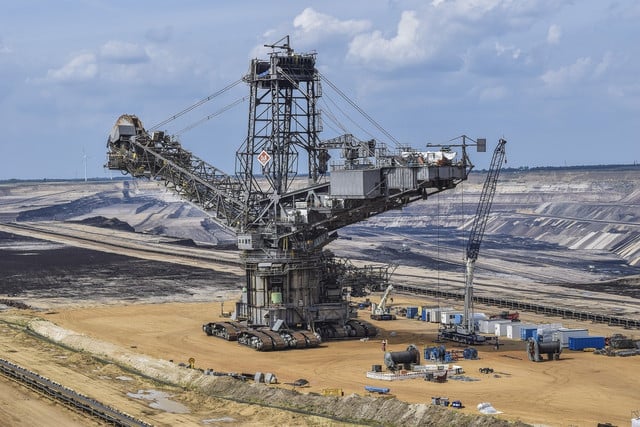


(Foto: CC0 / Pixabay / MichaelGaida)
Using electronic devices responsibly is another easy way to help stop deforestation. Mining minerals for electronics like laptops, smartphones, and cars are a significant cause of deforestation. You can use your electronics wisely by fixing them when they break — instead of buying new products. Then, recycle them properly when the time comes.
Taking care of our electronics and repairing them when possible, instead of rushing to get the latest version, decreases the demand for mining minerals. Mineral mining often occurs in priceless regions like the Amazon Rainforest and on Indigenous land against the local community’s will. Steering clear of these unethical, unsustainable practices can also be a solution to deforestation.
6. Reduce or Stop Eating Meat and Dairy
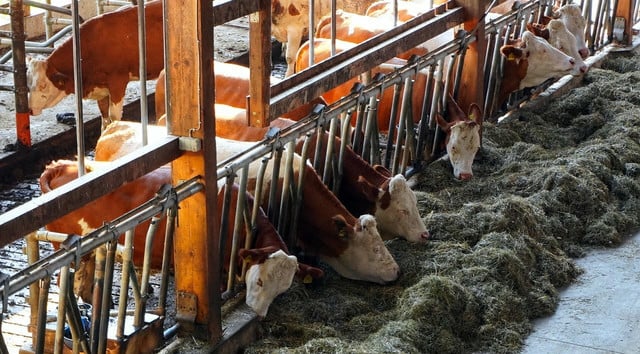


(Foto: CC0 / Pixabay / matthiasboeckel)
The solutions to deforestation listed above are all a great start. But one fundamental change can have the most significant impact: decreasing (or stopping) meat and dairy consumption.
Meat — specifically beef — and dairy production are direct causes of deforestation. Three-quarters of deforestation is driven by agriculture. Beef production is responsible for a staggering 41% of deforestation.
Moreover, the meat and dairy industries require a much larger land area than plant-based farming. In fact, when compared to pork, chicken, dairy and egg production combined, the beef industry:
- contributes five times more greenhouse gas emissions
- requires 11 times as much water
- takes up 28 times more land
Compared to crops like wheat and rice, the difference is even more drastic: beef requires 160 times more land.
Cattle production is one of the leading causes of deforestation and directly contributes to environmental damage. For example, beef production often requires burning forests, degrading land and soil, polluting air and water, destroying animal habitats and biodiversity, and boosting methane pollution.
Animal agriculture is the most extensive land-use system on Earth, making it the top driver of deforestation. Plant-based diets require far less land and might help counteract climate change by promoting large-scale reforestation and re-wilding. A plant-based shift is an imperative solution to deforestation and slowing the climate crisis.
If you find a plant-based diet challenging, you can still do your part by reducing your meat and dairy consumption.
Pursuing a sustainable lifestyle can also give us a small break from eco-anxiety. Instead of feeling powerless in a world where money and corruption seem to drive our fate, empower yourself by putting these solutions to deforestation into practice.
Want to learn more about sustainability and the environment? Follow us on Instagram or Twitter!
Read more:
- Vegan vs. Vegetarian Diets: What are the Benefits and Differences?
- Zero Waste Bathroom: Tips for Using Less Plastic
- Going Vegan: 5 Simple Steps Towards Veganism
Do you like this post?








